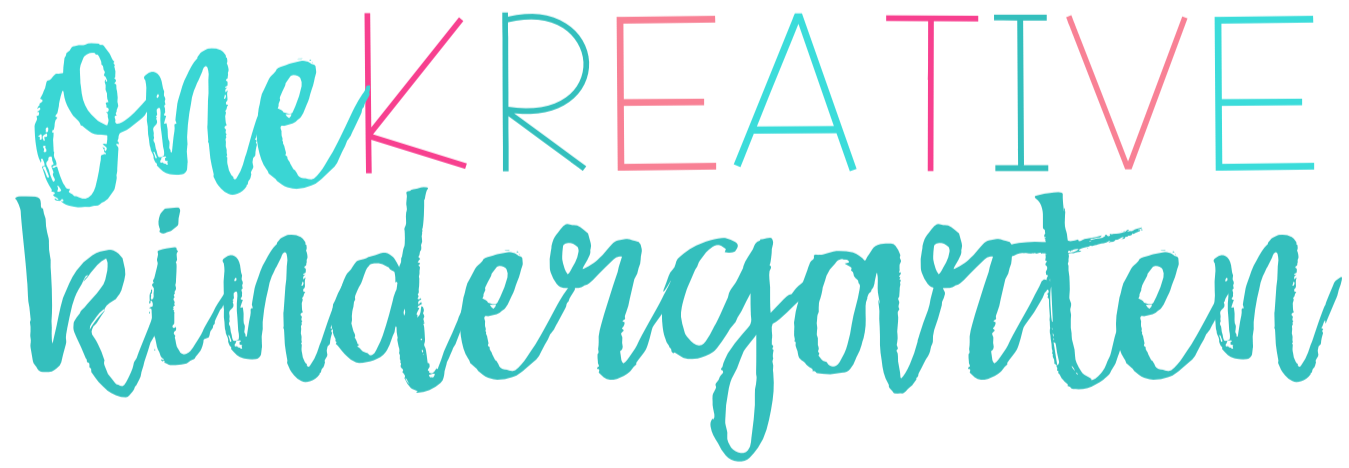Studies are showing that at least 10% of our classrooms in the United States consist of
English Language Learners (ELL) with 75% of these students being immigrants. Having
strategies to combat the language barrier may be helpful, but in order to be an effective
teacher to ELLs — understanding their background is necessary. Here are 3 things you’ll
want to know about your ELL students:

First. ELLs have emotional needs.
Imagine a time you’ve been placed in a setting where you’re completely clueless. The
smell, the sounds and noises surrounding you are all…foreign. For some, it may have
been a childhood experience of moving. Or some, it may have been an experience to a
different country. These are all feelings that could temporarily “freeze” the students
capability of speaking or understanding. Acknowledging that nerves, fear,
embarrassment are just a few of the obstacles your student is experiencing will help you
better determine instructional skills that will allow them to feel more comfortable. As a
result, the more comfortable your students feel, the more their performance and
participation level will rise.

Second. SIMPLE is key.
Whatever instruction you choose to use, KEEP IT SIMPLE. Their sense to see or hear
clearly might be held back due to the heightened nerves they may be experiencing.
Avoid using distracting font, clipart and unorganized structure in your materials. Even
when you think that one extra clipart is necessary, it may be the one thing that distracts
your student from understanding the content. Try using larger, clean font. SIMPLE is
key.

Third. Place yourself in your student’s shoes.
When I was working for a language company, we were provided subsidized lessons to
learn the local language. Taking those lessons was exactly what I needed to better
understand what my students go through everyday. Not saying you should take on a
whole new language, but maybe even something as little as using a language-learning
app, reading something in your second language (if you’re bilingual) or even watching a
video clip or movie in a different language with only English subtitles may be the one
thing you need to connect with your students’ needs. Trust me, this will help you grow
so much as a teacher to experience this first hand. Your ideas for better instruction,
creating lesson materials, seating ideas and so on will start overflowing once you get a
small grasp of what it’s like to have to learn and communicate in a second language.
About Me
Pearl Hong
-9+ years experience working with ELLs overseas and in the US
-Taught ESL to students from 10+ countries
-M.Ed in Teaching & Learning, 2016
IG: lets.talk.ell | TPT: Let’s Talk ELL | Blog: www.letstalkell.blogspot.com












































